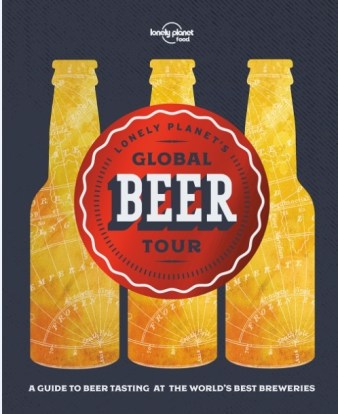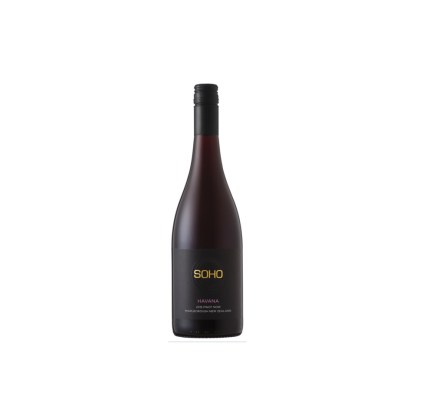Scientists at the University of Auckland, Waipapa Taumata Rau have carried out the country’s first large scale trial of using wastewater to monitor alcohol consumption.
Alcohol consumption can be determined from wastewater because scientists can detect ethyl sulphate, a compound excreted after the body metabolises the ethanol in an alcoholic drink.
“This method can give a lot of insights which wouldn’t otherwise be available,” says Dr Lisa Pilkington, senior lecturer in the School of Chemical Sciences and Principal Investigator with Te Pūnaha Matatini.
“It’s also much cheaper compared to traditional data collection techniques, especially considering the breadth of data that is able to be measured.”
Ten water catchment areas covering about 40% of New Zealand’s population were monitored over six months during 2021, in collaboration with the Institute of Environmental Science and Research’s (ESR) wastewater testing team, led by Andrew Chappell.
The samples came from four catchment areas in Auckland – north, central, west and south – and from Palmerston North, Wairoa, Dunedin, Queenstown, Westport and Christchurch, places chosen to give a range of city sizes and coverage of both North and South islands.
Sampling took place over seven days each month and the results showed:
- South Islanders consumed more alcohol than North Islanders.
- Smaller settlements had higher consumption than bigger ones.
- South Aucklanders drank the least of any place studied.
“The result from South Auckland showed that an unfair and prejudicial stereotype was untrue,” says Miriama Wilson (Ngāti Kahungunu ki Wairoa, Ngāti Tūwharetoa, Ngāti Raukawa), a student who worked on the project for her masters thesis.
”We hope that New Zealanders can overcome the stereotype that Māori and Pasifika are big drinkers.”
Drinking spikes were associated with special events, such public holidays and rugby, rugby league and cricket matches.
Consumption didn’t seem to increase during COVID-19 lockdowns but in some cases was higher during weekdays than weekends – very different from the usual weekly trend.
The first study of wastewater sampling to monitor for alcohol was carried out in Norway in 2011. A range of countries have followed suit including Australia, where alcohol is now one of the drugs monitored nationally via wastewater.
To Pilkington and Wilson, the technique seems like it would be a useful addition to the survey and sales data currently used to monitor alcohol consumption in New Zealand.
How to catch up with The Shout NZ…
Online, updated daily with its own unique content and breaking news.
Our weekly newsletter – free to your inbox! Subscribe here.
We are also on Facebook and Instagram!





